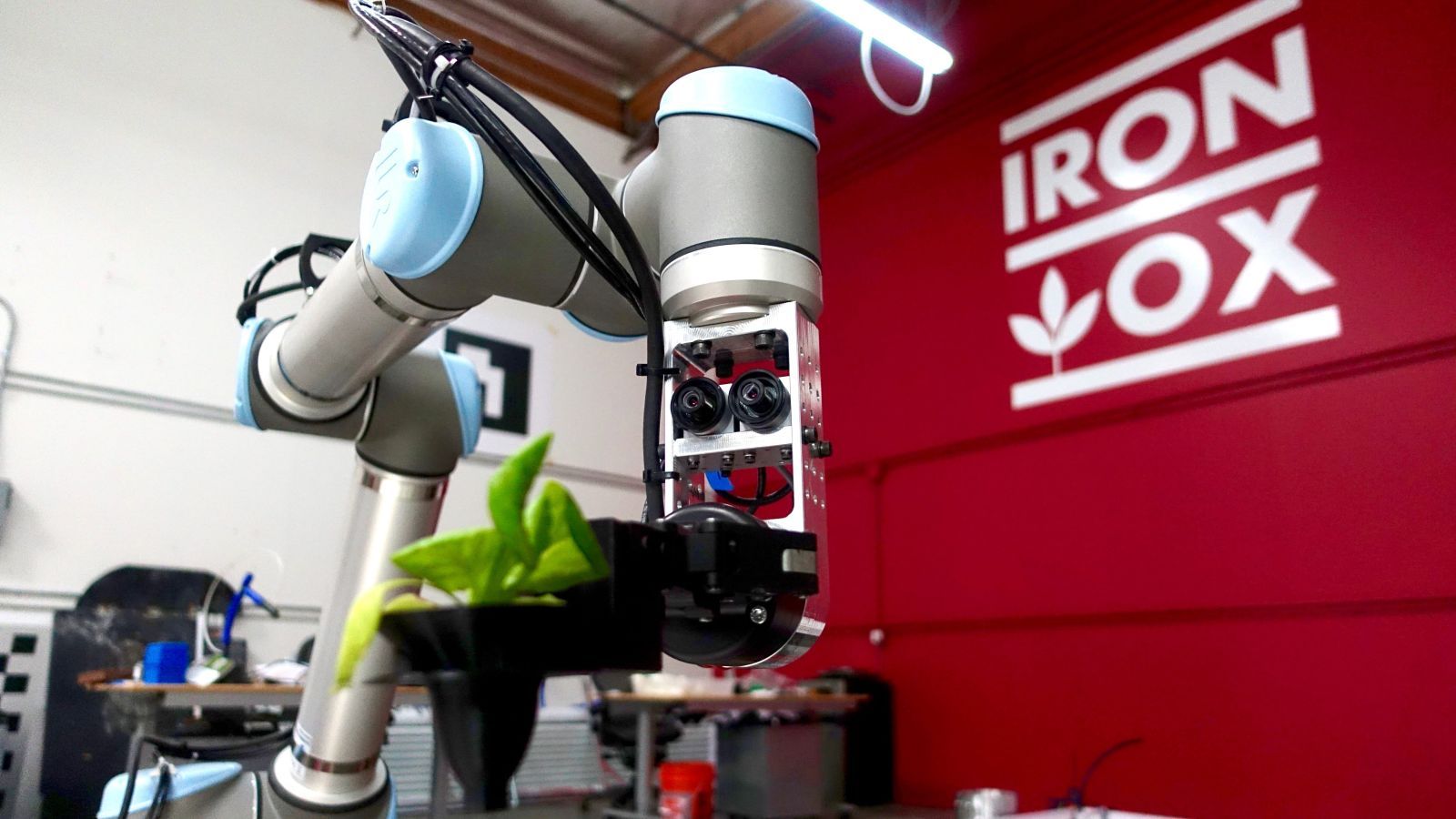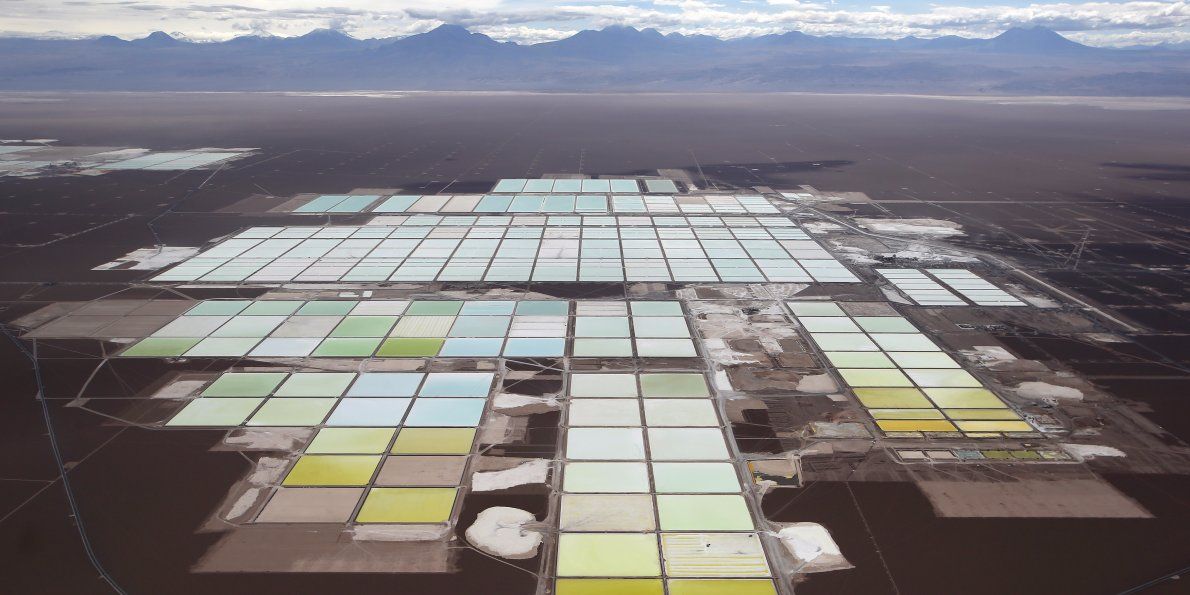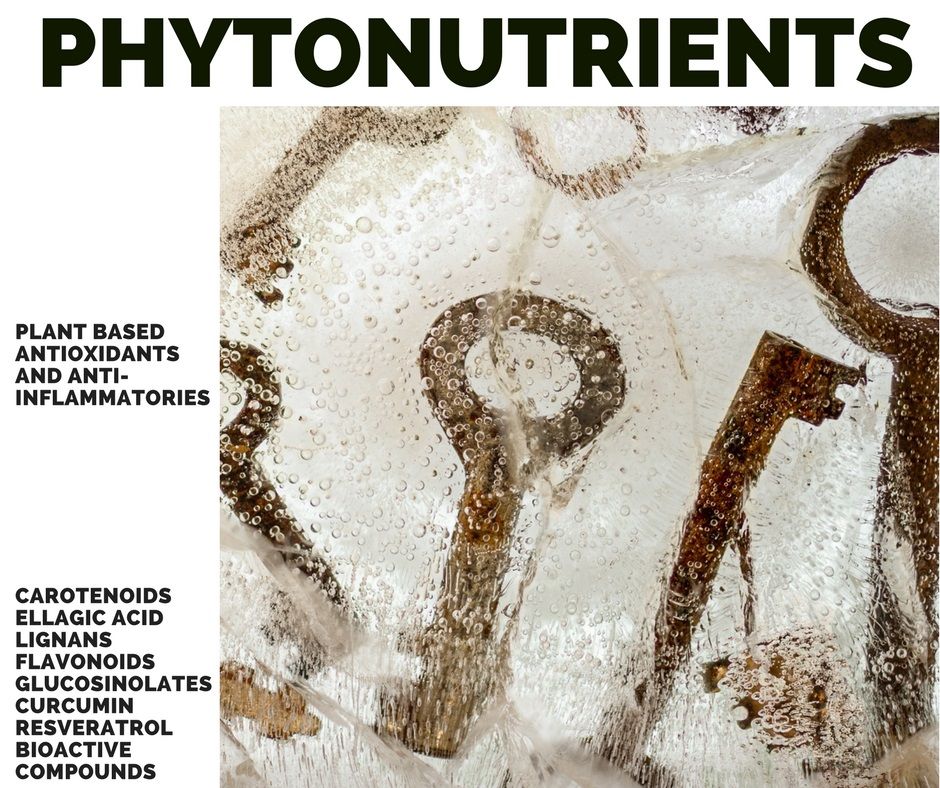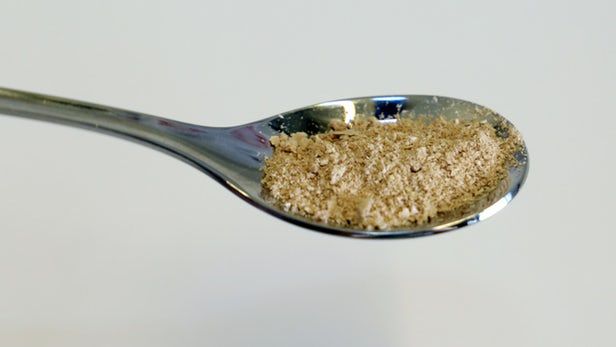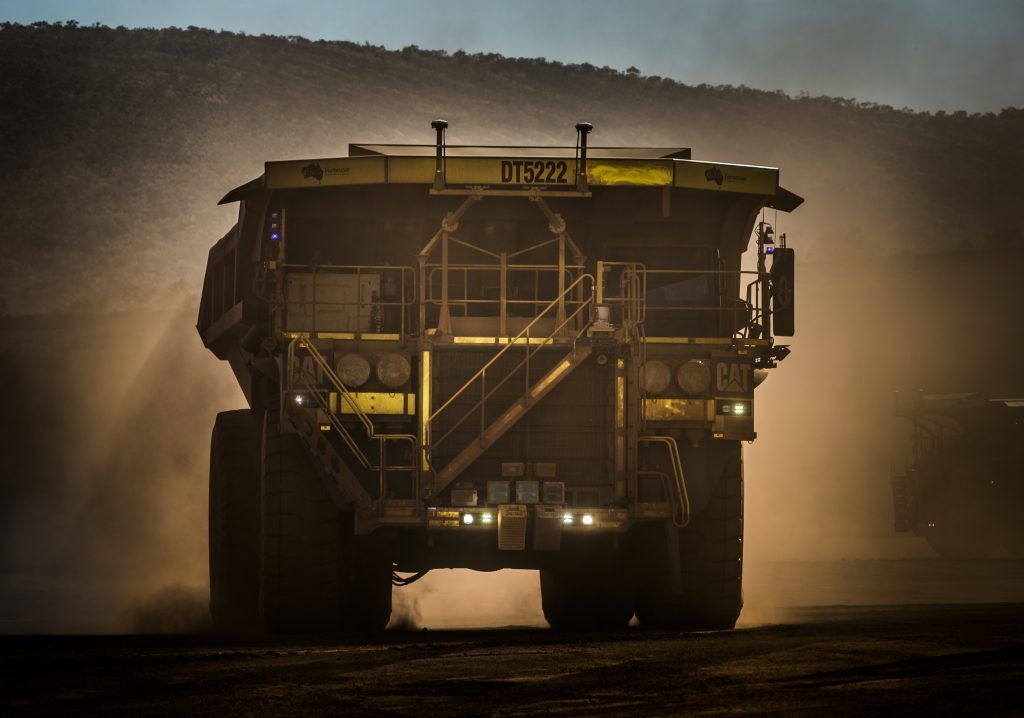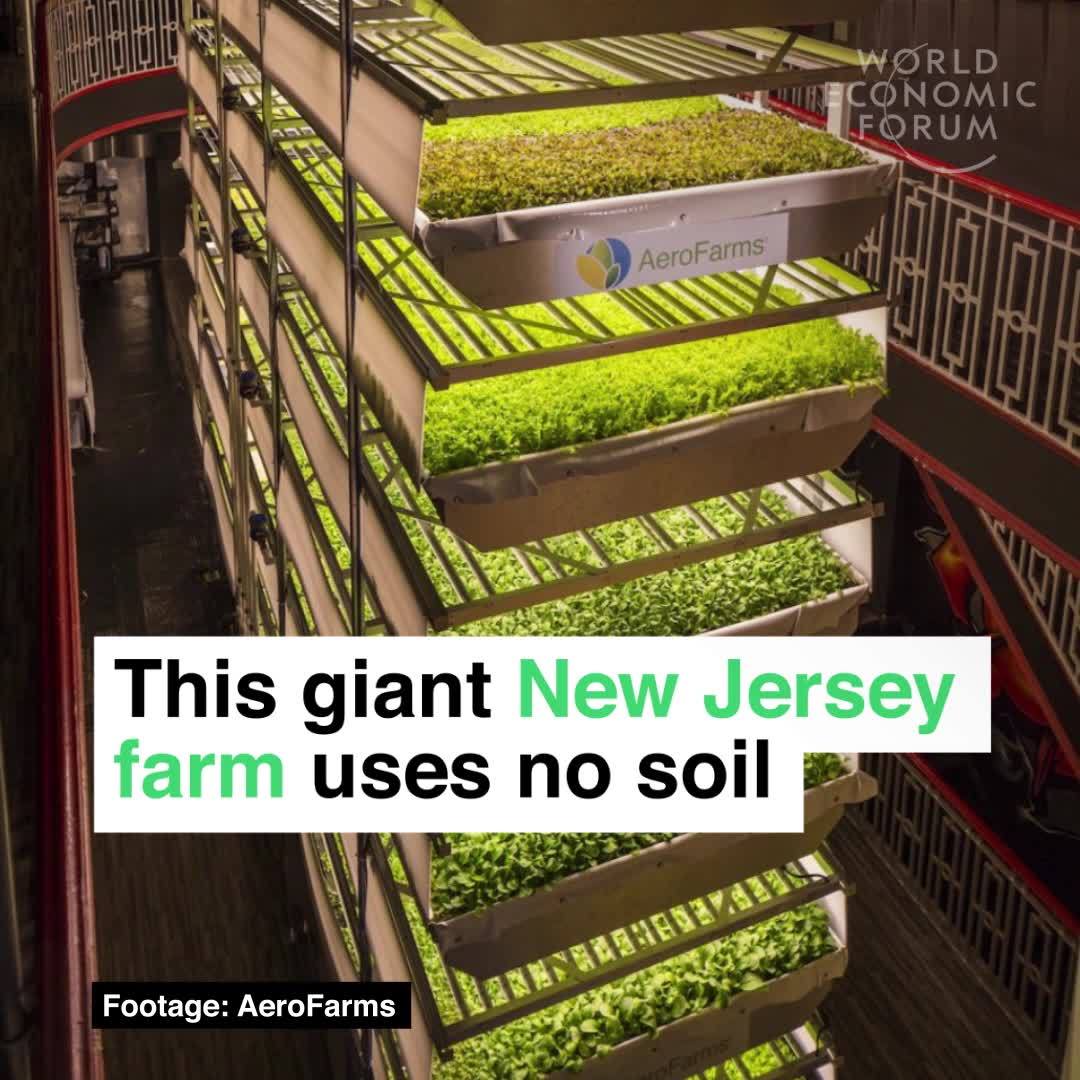Archive for the ‘food’ category: Page 278
Oct 15, 2017
Startup Iron Ox is developing small farms in suburbia that will be run by robots
Posted by Dan Kummer in categories: finance, food, habitats, robotics/AI, sustainability
You could drive past and never see the only farm in San Carlos, California. The tiny city of 30,000 that sits between San Francisco and Silicon Valley has all the charms of suburbia—sprawling office parks and single-story homes—but doesn’t seem a likely suspect for agriculture.
The farm, run by startup Iron Ox, is nestled between three stonemasons and a plumber in a nondescript office park building; there’s no greenhouse, no rows of freshly-tilled soil, or tractor parked outside. Only peeking in the large bay door reveals the building’s tenants: a few hundred plants and two brightly-colored robot farmers.
Iron Ox looks a lot like a tech company. One of its co-founder is an ex-Google engineer and it raised $1.5 million in pre-seed venture capital from Y Combinator, Pathbreaker, and Cherubic Ventures in April 2016. Instead of fake food, or plant-based meat meals, or even a food delivery service tethered to an app, Iron Ox is reinventing farming, raising real, not faux, food. Think hydroponically raised lettuce and basil, like what you’d get at an ordinary farmers market.
Oct 15, 2017
There’s a new challenger to lithium batteries
Posted by Dan Kummer in categories: food, sustainability
With the EV market about to explode and the European Union planning a battery-making consortium to bring the continent onto the global EV battery scene, Stanford researchers released a paper claiming their sodium battery could compete with the lithium-ion market leader.
New battery development has been fairly slow against the backdrop of the projected electric car market size, and so far no innovation has proved to be as economical as lithium-ion. The Stanford battery uses sodium—a cheaper, more abundant material than lithium—and is still in the development stages.
Sodium makes up the Stanford battery’s cathode, and the anode is made from phosphorus, with the addition of a compound called myo-inositol, which can be derived from rice bran or corn. According to the researchers, this chemical combination yields efficiency rates comparable to that of lithium-ion batteries at a lower cost—a much lower cost.
Continue reading “There’s a new challenger to lithium batteries” »
Oct 15, 2017
Your future companion in your old age could be a robot
Posted by Dan Kummer in categories: food, habitats, robotics/AI
The market is definitely there. But, it needs to be able to do a minimum amount of practical things, in about this order: 1. it needs to be able to cook even the most basic of meals, being unable to cook for themselves is usually the main reason someone has to go into a nursing home; 2. being able to clean your average kitchen and bathroom; 3. being able to do basic yard tasks, operating a lawnmower and a snowblower. Those would be the most important, after those get mastered have it equipped to do more niche tasks and entertainment features.
As to when, we have clumsy humanoid robots right now, and AI will supposedly reach human level around 2029. It will just be a task of merging those two between now and then, and getting that robot down to a reasonable cost, which i think would be in the neighborhood of a brand new SUV.
As artificial intelligence advances, we humans will form relationships with our robot helpers and caregivers.
Continue reading “Your future companion in your old age could be a robot” »
Oct 13, 2017
Phytonutrients: Summary: Phytonutrients – such as carotenoids
Posted by Brady Hartman in categories: biotech/medical, food, health
ellagic acid, lignans, flavonoids, glucosinolates, curcumin, resveratrol and other bioactive compounds – are natural substances found in plants. Research has shown that these natural compounds help to prevent stroke, cancer, type 2 diabetes, heart disease, and premature death.
What Are Phytonutrients?
Whole plants contain thousands of natural compounds, called phytonutrients and phytochemicals. Deriving their name from phyto, the Greek word for plant, the terms are used interchangeably used to describe the health-promoting compounds found in all whole plants. While plants produce these chemicals to protect themselves from insects, germs, and fungi. Along with fiber, phytonutrients in our diet are the reason that fruits and vegetables help to prevent chronic diseases like cancer, stroke, heart disease, and premature death.
Oct 12, 2017
Food From Electricity project bears its first protein-rich “fruit”
Posted by Klaus Baldauf in categories: biological, food
A Finnish research project has created a batch of single-cell protein using just electricity, water, carbon dioxide and microbes, in a small portable lab. While we’re hesitant to call it “food” in its current state, the stuff is edible and nutritious enough to be used for cooking or livestock feed, and the team hopes that the system can eventually be used to grow food in areas where it’s needed the most.
Oct 11, 2017
With Heavy Vehicles, Self-Driving Is Old Hat
Posted by Dan Kummer in categories: food, robotics/AI
Autonomous driving technologies are already established in mining and agriculture thanks to companies such as Caterpillar and John Deere.
Oct 9, 2017
The Dirty Secret of the Food Industry — Funding Bias
Posted by Brady Hartman in categories: biotech/medical, food, health
Summary: Funding bias is junk science used by industry to hoodwink consumers. This report shows you how to protect yourself against the problem.
The funding bias scandal made headlines recently when the Journal of the American Medical Association (JAMA) broke the news that the sugar industry had paid-off Harvard scientists to down-play sugars role in heart disease. JAMA reported that the sugar industry trade group called the Sugar Research Foundation instructed Harvard researchers to publish reports that down-played sugar’s connection to heart disease, and instead cast doubts on saturated fat.
And in another study, after examining over 200 research studies paid for by a food or beverage organization, researchers from Children’s Hospital Boston found that industry-funded studies were four to eight times more likely to report positive health benefits from consuming those products.
Oct 8, 2017
This giant New Jersey farm uses no soil
Posted by Shailesh Prasad in categories: food, sustainability
Oct 7, 2017
Surrounded: In every plant—from trees to crops—there exists a substance that makes up its wood or stems, fiber, and cell walls
Posted by Shailesh Prasad in categories: energy, food, sustainability
This substance is a complex natural polymer called lignin, and it is the second largest renewable carbon source on the planet after cellulose.
This natural abundance has drawn high interest from the research community to chemically convert lignin into biofuels. And if plant life really does hold the building blocks for renewable fuels, it would seem that we are literally surrounded by potential energy sources everywhere green grows.
But untangling the complex chains of these polymers into components, which can be useful for liquid fuel and other applications ranging from pharmaceuticals to plastics, has presented an ongoing challenge to science and industry.

